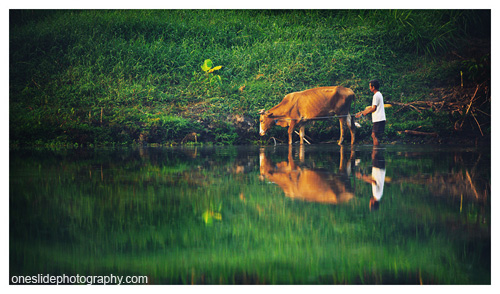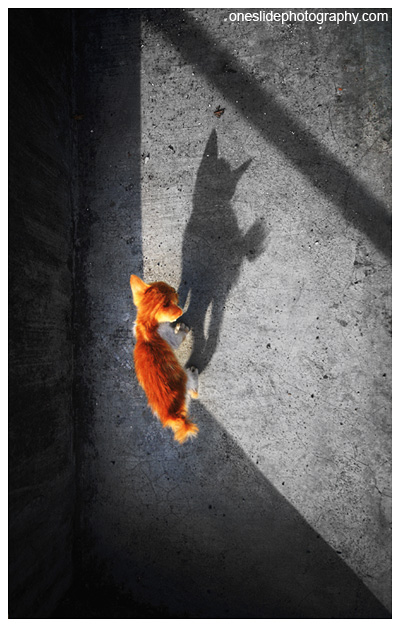
Point of Interest is the gravitating aspect that will draw the viewers to a certain point of the photograph. Ideally, there is one point of interest (POI) in a photograph to ensure its viewers are able to understand the message conveyed by the photograph. There are several techniques to ensure the photograph’s viewers comprehend the POI:
1. Fill the Frame
By filling the frame with the main object, the object will inevitably be the center of attention. There are several ways to fill the frame with the main object of the photograph. Some of these include:
– Photographing closer to the object.
– Using a telephoto lens or zoom.
– Cropping.

2. Depth of Field
By adjusting the Depth of Field (DoF), the main object will appear sharp while the surrounding environment becomes blurry in contrast. This ensures the clarity of the point of interest. To obtain a thin Depth of Field, the steps that can be taken are:
– Set the lens to its widest aperture (lowest digit).
– Use the farthest zoom range (tele-end).
– Distance the object with its background.
– More can be read HERE.

3. Position and Composition
The placement of the object in the photo frame will determine how much attention is drawn to the object or part of the object. The center is the most dominant point. The top part is more interesting than the bottom when using 1/3 composition and the intersections will provide more impact. For instance, placing the eye of the object at the top 1/3 of the frame.
Also, color and balance are also determining factors in defining a point of interest. Bright colors are more alluring. The color yellow grabs the most attention.

4. Lines and Patterns
By leveraging the converging lines and patterns around the main object, the attention can be drawn to a certain point in a photograph.

5. The Motion Blur Technique
This technique takes use blurs to isolate the main object. The surrounding objects, which are not meant as the point of interest, are blurred. To achieve motion blur, consult THESE steps. This effect can be achieved on site or by using a photo editor.

6. Framing
Framing is the use of certain elements or objects around the point of interest to act as barriers. This will then ensure attention is directed at the point of interest.

7. Editing
Editing is the last step done once the photographs are saved as a file in a memory card or hard disk. There are many things that can be done in editing to ensure that only one point of interest (POI) is prominent in a photograph. For example:
– Cropping or discarding any unnecessary parts of the photographs while also adjusting composition.
– Light and color setting, by decreasing light intensity around the object or adjusting color tone.
– Blurring the surroundings of the object, so the object seems more attention grabbing among the blurs.
– Sharpening, increasing the sharpness of the point of interest.
– Selective color, making the object in color while setting the background as monochromatic.





